
so_whats_happening
-
Posts
1,059 -
Joined
-
Last visited
Content Type
Profiles
Blogs
Forums
American Weather
Media Demo
Store
Gallery
Posts posted by so_whats_happening
-
-
2 minutes ago, GaWx said:
I’ve posted many examples of weak left side MJO during El Niño showing that this combo during winter is often cold in the E US, especially SE US-Mid Atlantic. And that’s not necessarily even requiring a weak SPV.
I have seen but im not sure what you are getting at, care to explain further? Why it applies to my post about December? For January it doesn't make too much of a difference whether it is strong or weak in phase 8 and 1 the results are a cooler pattern.
-
 1
1
-
-
7 hours ago, GaWx said:
Dec 4th Euro Weeklies look similarly impressive with numerous EPS members (~45%, which is similar to prior two days) with major SSWs 12/28-1/18. A year ago (~12/31/22) the SPV was in stark contrast near a record high strength!
Strongest SSWs:~27% <-10 vs 25% prior run
8% <-20 vs 5% prior run
7% <-25 vs 3% prior run
5% <-30 vs 0% prior run
I sure hope you have been saving these to see verification. See whether or not it is trying to dive too quick or if there is clustering in a specific time frame.
-
 1
1
-
-
Looking at MJO influence in a warm Enso the strong amplitudes tend to have slightest bit warmer look into the east during phase 8 for December but not major torch level.
Either way lets not get too hung up on it as this still looks to probably only be in maybe the last week of December and we still have some lag with MJO putting in work on the areas sensible weather.
Until then we see a relatively warm east and even SE which is about as expected as the sun rising in the east.
-
 1
1
-
-
38 minutes ago, griteater said:
Sometimes I feel like the Pacific Jet is the Rodney Dangerfield of weather forecasting. We actually need an extended jet to get +PNA patterns. -PNA is the opposite...it is associated with the Pac Jet being in a weakened state where it is retracted back to the W Pacific (red and blue contours on the image are the height anomalies),
Of course, there are other flavors. If the jet extension runs poleward, then that does favor low pressure in AK...but the point is, the Pac Jet strengthening and extending shouldn't be binned as a bad thing in all cases for the eastern U.S.
Bouts of warmth here in mid-Dec has been pretty well expected. I think the bigger questions come late Dec into early Jan
Source: https://www.weather.gov/media/sti/nggps/Presentations 2017/08 NGGPS17_PImeeting_Bosart.pdf
If we can get cyclonic wave breaking occur im sure many will be happy with the results to come.
Unfortunately been a minute since i have seen how the Pacific has gone so cant say for sure where we are but if the pattern we have is an indication i would say we are still in the anticyclonic wave break pattern for now.
Oh and as always thanks for the link
-
In order to do this Oct (1.72), Nov (2.02) (probably revised up a bit as the other months have had revisions slightly warmer than initially posted), Dec would have to attain a monthly mean of 2-2.1 (closer to 2.1 for rounding purposes) for the anomalies. If this does not occur and hits at 1.9 instead we cap at a 1.9 trimonthly. The next potential would then be kicked to January and that is anybody's guess at this point because a lot will depend on how things hold up this month. Overall though the difference of a trimonthly at 1.8 (currently seen) to 2 is not really all that different.
If we go by Eric Webb( or is it Webber) you need an ONI trimonthly of over 2C so essentially 2.1 would attain that Super call and in order to do that December would need to come in at nearly 2.4 with upticking Nov numbers to 2.1 so we could round it up to 2.1. https://www.webberweather.com/ensemble-oceanic-nino-index.html
Im not so sure that happens especially with the chance of this WWB being a bit weaker than the last and not until the 15th -20th when it starts to make some impact on temps. Again if we end December at 2.1 we could attain the 2 mark and then it would be a try again in January but fools gold to know what will happen in January at this point.
-
 2
2
-
-
Oh boy a lot of big Denver snow forecasts. Would think this would be further south into NM region with the STJ increase.
-
21 minutes ago, so_whats_happening said:
December as a whole seemed to feature a -WPO pattern which is usually pretty good for the eastern US with Greenland blocking. We swung low amplitude that December through 4-5-6.
-
9 minutes ago, George001 said:
I don’t understand how unfavorable MJO states are inherently a Nina pattern, and also why is a Nina pattern inherently bad? The MEI averaged -1.9 for Dec 2010-Jan 2011, and the trimonthly ONI for NDJ was -1.6. That was a well coupled strong La Niña, yet it was still a very cold and snowy winter in New England. Historically, Ninos (especially stronger ones and ones with significant nino 4 warming) are mild in December, and Ninas are colder and snowier. Ninos tend to be more backloaded.
Looks like we stepped into warm phases briefly in early January and mid to late March that year. Tried to set it up in about 20 day increments.
-
-
-
DCA _NYC _BOS __ ORD _ATL _IAH ____ DEN _PHX _SEA
+1.6 +1 +.3 +2.1 +1.4 +1.2 +2.2 +1.8 +.5
DCA _NYC _BOS __ ORD _DTW _BUF ____ DEN _ SEA _ BTV
18 26 41 28 35 84 36 7 87
Edit: Want to change Den --> 40" and Buf --> 78" Hope that is ok on 12/9 ~18z
-
 1
1
-
-
1 hour ago, 40/70 Benchmark said:
I see the urals ridging and the passing through of 4-7 in the mjo. I woukd push it toward closer to mid january but thats just me.
-
 1
1
-
-
-
18 minutes ago, DarkSharkWX said:
whats the highest daily? on the monthly index highest i could find was 1.44 set on nov 2015
Unfortunately I do not have daily records but 2015 did set two weekly values of 1.7 so we are getting rather close to those levels with a large spike like that you tend to have some minor warming and leveling out afterward so wouldn't be surprised to see a weekly tie maybe beat 2015?
Edit to add a picture of the anomalies during the run up to it. It goes 1+2, 3, 3.4, and 4
-
 1
1
-
-
7 minutes ago, mitchnick said:
Agree with the bump, but not enough to push the mean over +2 for a month or more.
Yea that isn't much of a concern for me as it is for others. Im more interested in making sure there is still an El Nino through the winter and we don't fall off a cliff too quickly.
-
 2
2
-
-
2 minutes ago, mitchnick said:
It is seeing the bump in the end of December to early January from the potential WWB. Think some of the models are being a bit too quick with progression of MJO and the aforementioned WWB around the dateline but time will tell.
-
-
There could be a decent amount of cooling that takes place over the next two weeks before the inkling of a WWB event and as of now that is not looking nearly as strong as what we just experienced. Dare I say that last was the final big push? probably too early to know for certain just yet.
Finally seeing models tune in on the idea of a 4-5-6 low frequency pass instead of jetting it to 7-8-1. 3 should still be skipped as there are still cool waters and some subsidence present inhibiting much traction in that region for MJO enhancement.
Wasn't really much of a +AAM spike like what we saw in previous warming episodes.
-
-
10 minutes ago, GaWx said:
As per what’s in the top image, Phase 8 has on average been the coldest in NDJ in the E US with phases 1 and 7 next coldest. As far as I know (I realize this has been debated), no lag time has to be added as this is what is experienced on average during each phase from what I understand. And to add based on my own analyses, I found that weaker amplitudes of each phase at least during El Niño averaged colder than stronger versions.
With phase 6 averaging the warmest, a 6-7-8 isn’t usually all that cold in Dec because of the warm 6 unless the time spent in 6 is short enough. I’d prefer a 7-8-1. That’s why I’d rather not see it too warm in Nino 4 and want to see warmth move well east into central 3.4. Also, when Jan/Feb comes, phase 7 becomes mild and phase 2 cools off and even phase 3 cools off by Feb (see 2nd image).
NDJ
DJF:
Pretty sure those take every single NDJ/ DJF timeframe and don't separate the ideas of ENSO influence. Typically December is cold in La Nina and warm in El Nino. These are warm ENSO composites with an MJO amplitude larger than 1, you get a good look at the trough/ridge pattern associated with them. If we were to include all amplitudes 6 is much warmer, 7 is not as widespread but still warm in the Mid Atlantic and East and 8 is a bit cooler in the Midwest/GL.
-
 1
1
-
-
10 minutes ago, Terpeast said:
And if we're going to get MC forcing or 4-6 MJO, I'd rather get that now into mid-Dec, so then it circles over into 7-8-1-2 and sets us up nicely. Plus that second wind by this nino should also overpower the -PDO
I sure hope so phase 6-7-8 in a December does not look all that great especially with the little delay on phases with MJO. I am hopeful the outcomes are different but I personally wouldn't expect much as we head through December.
-
6 minutes ago, brooklynwx99 said:
i mean, we’re probably going to see weak intrusions into 4 and 5 but as the Nino strengthens and couples further, 7-8-1-2 will be the main phases
It is possible but if we do see warming continue around the maritime region we would see a lot more of an active MJO than a null inducing one that sits in 8-1-2. So weird that everyone is down each others throats over temperatures.
-
 2
2
-
-
-
2 hours ago, griteater said:
NOAA CPC Weekly Nino 3.4 values for November (OISST data):
Nov1: +1.8
Nov8: +1.8
Nov15: +1.9
If we estimate the weekly values for Nov22 and Nov29 to both come in at +2.1 (i.e. SSTs continue to rise this week before leveling off next week as the westerly wind anomalies subside), that would yield a November monthly of around +1.94.
NOAA uses ERSST for the monthly number and the OISST monthly has been 0.07 lower than the ERSST monthly over the past 2 months. So, let's go with +2.01 for November as an estimate.
Here is how that November number compares with other El Ninos...
Yep and should give us a SON tri-monthly around 1.8 barely (1.75). Im curious to see how this holds going forward. This is finally taking on a more classic nino ending in the subsurface. Still a little wonky in comparison to other years around this time. Can not unfortunately go back before 1989, they look to be adding in to about 1977 in the near future.
-
 1
1
-
 1
1
-

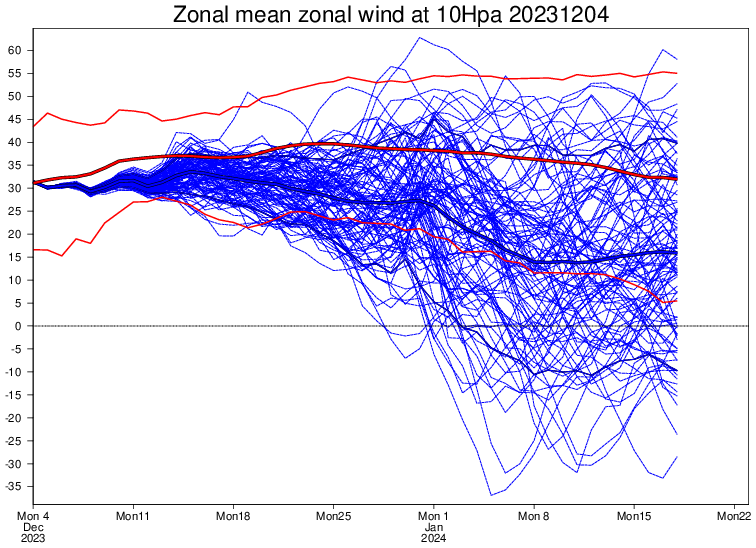
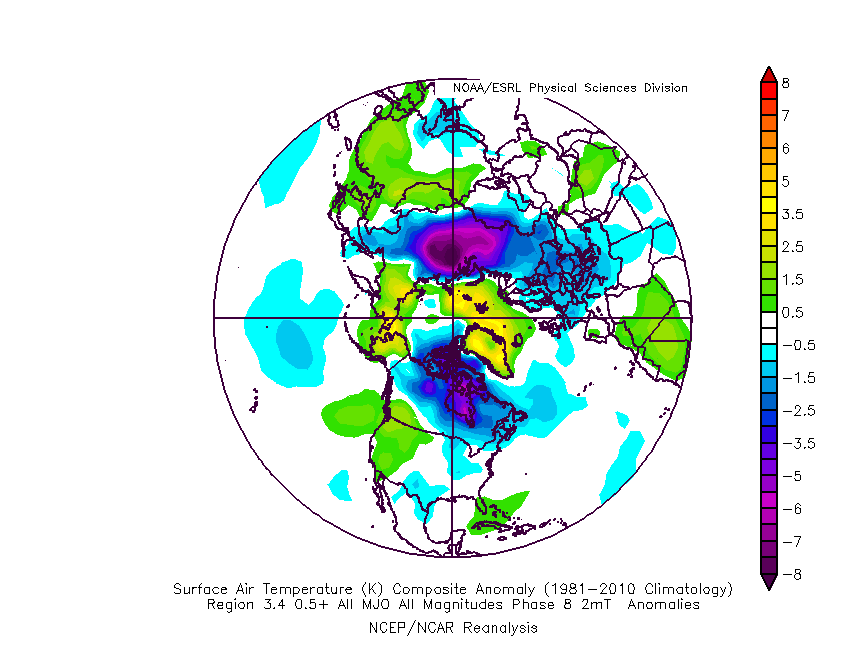
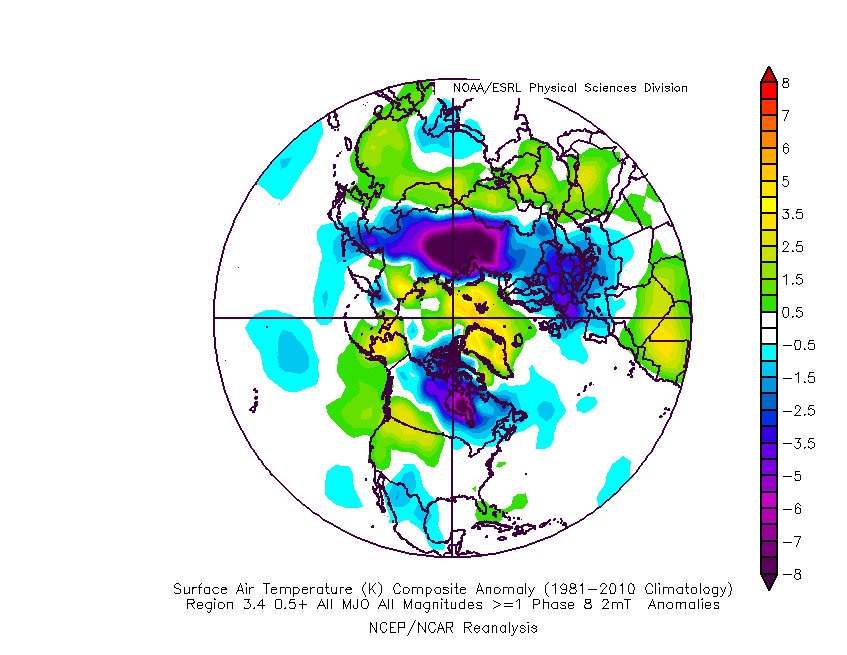
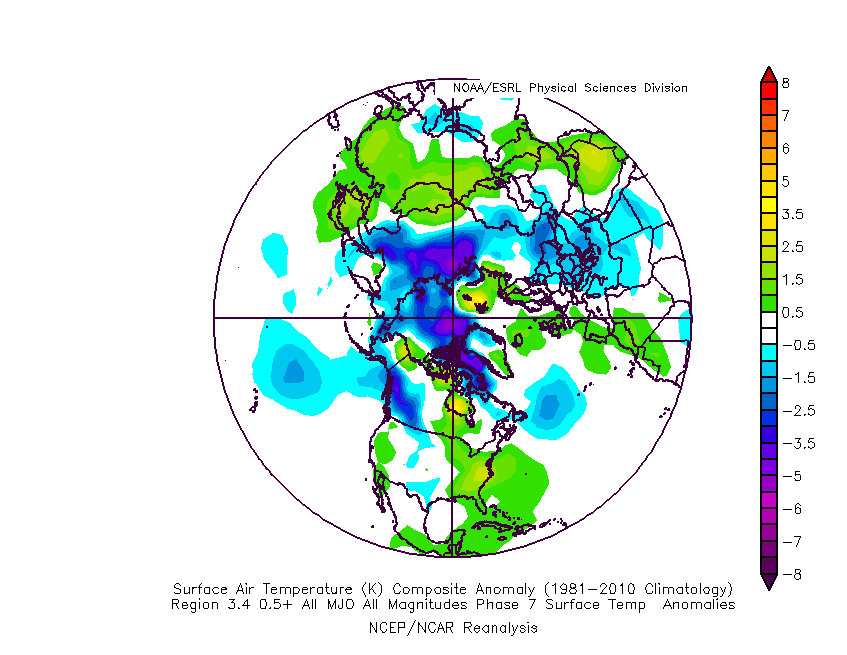
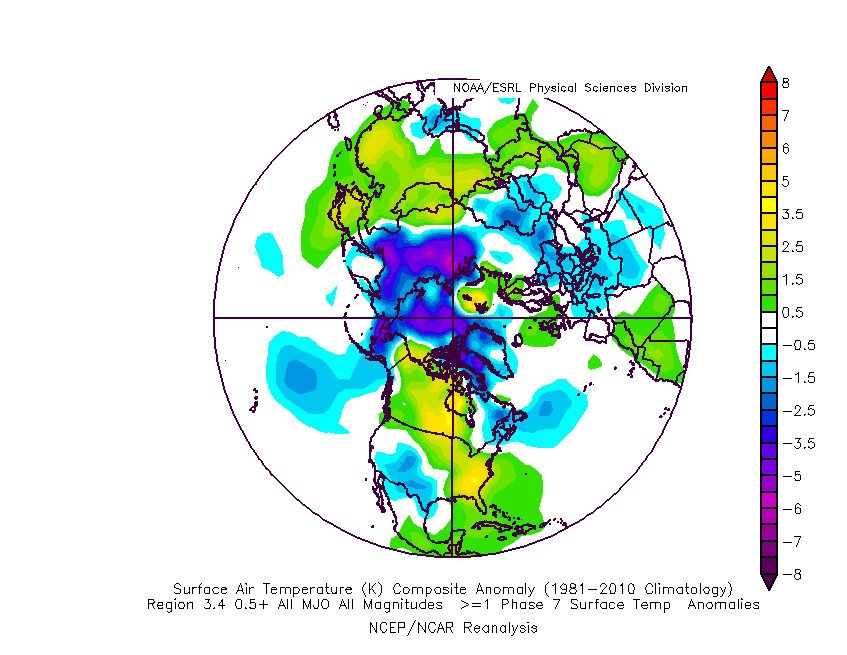
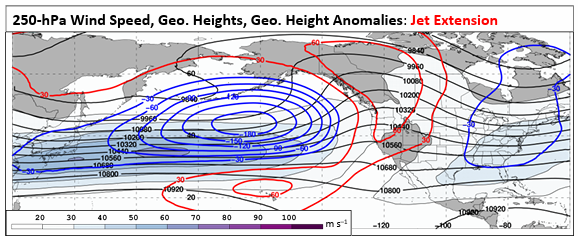
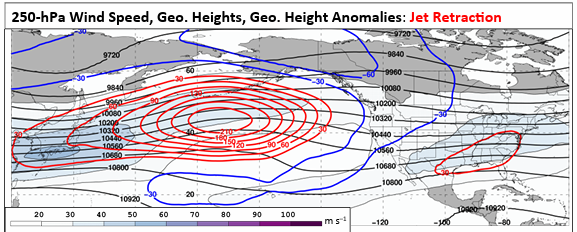
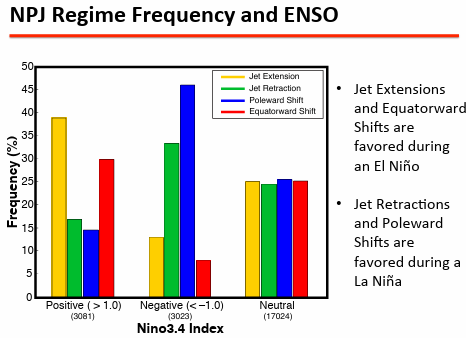
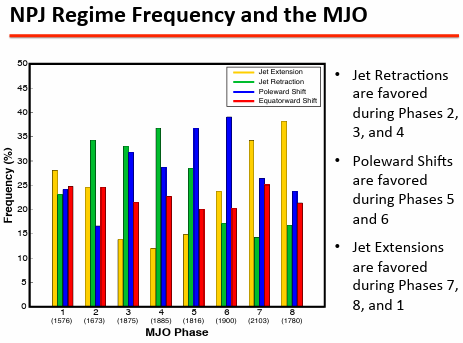
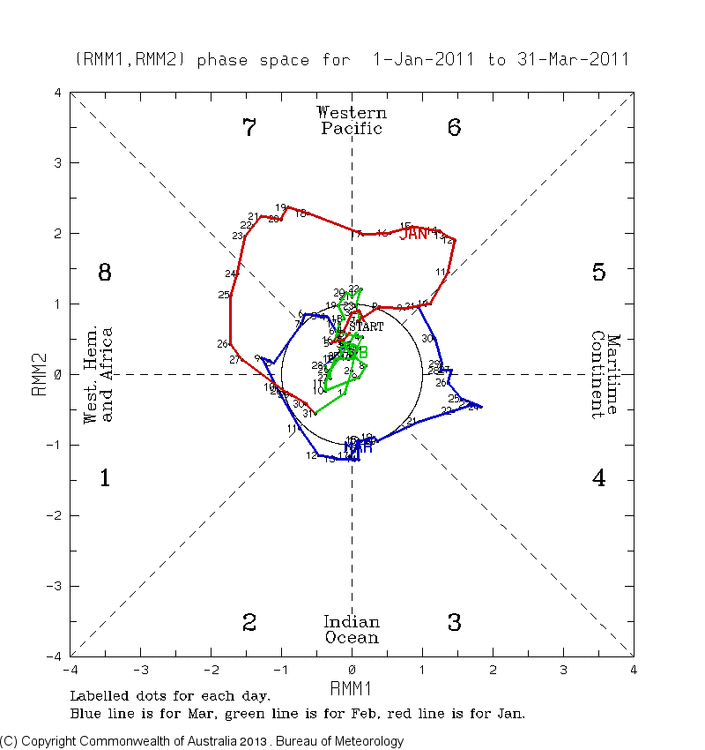
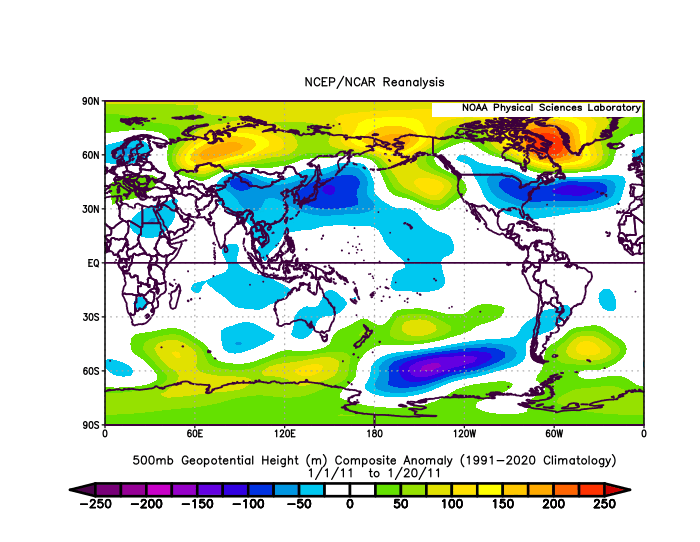
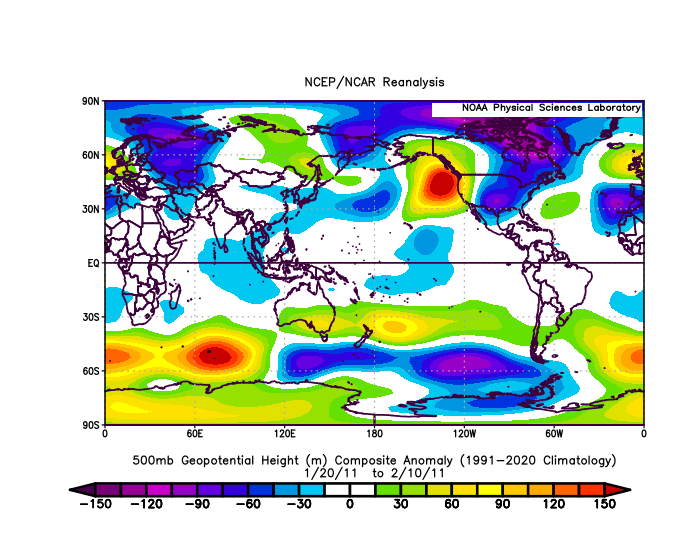
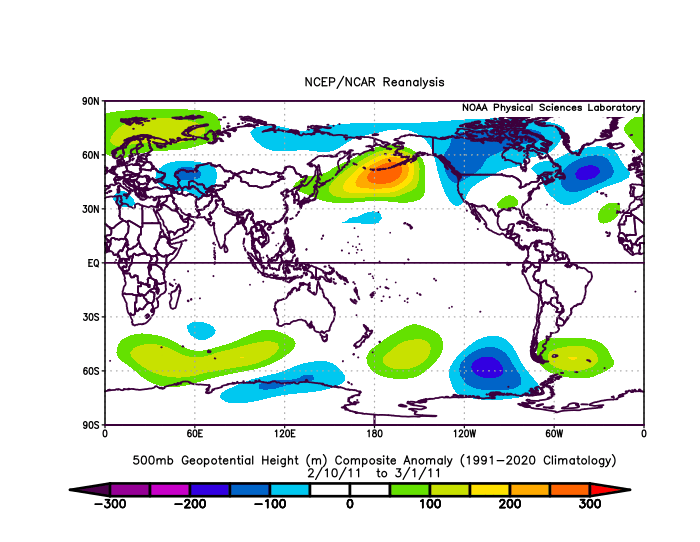
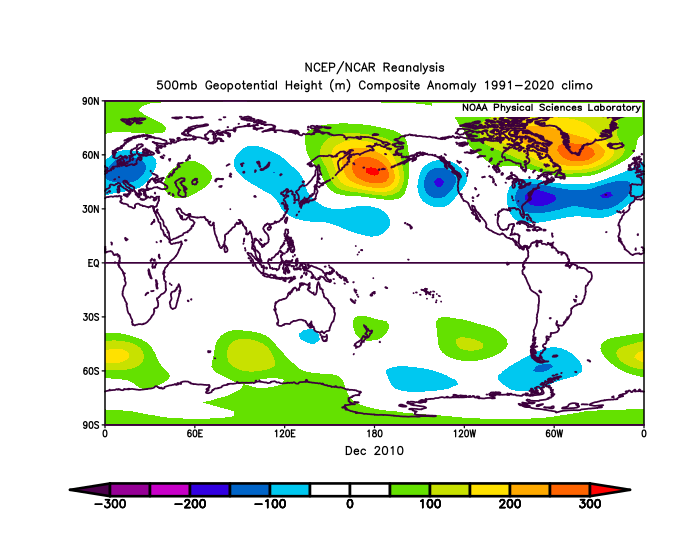
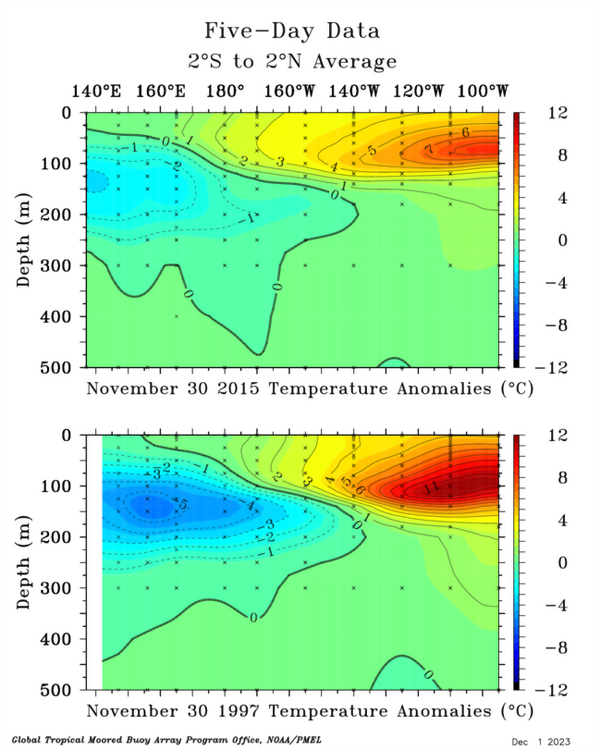
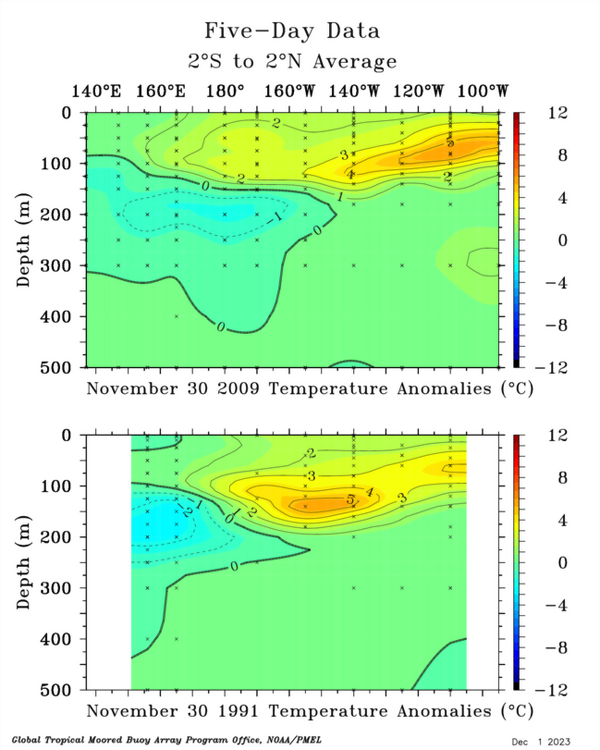
.thumb.gif.408b624574ac7a38ca2aceb7dc734bda.gif)
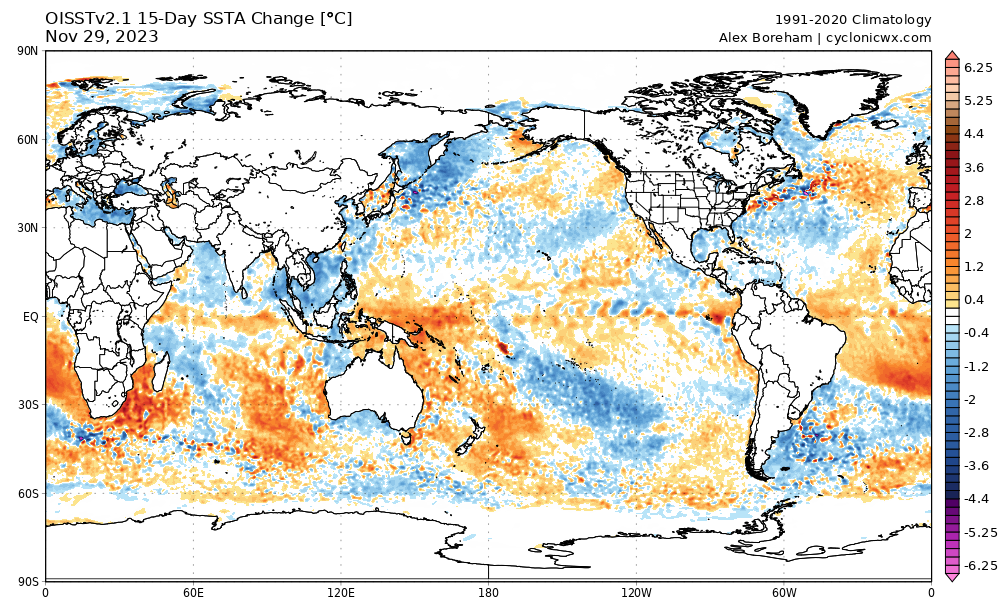
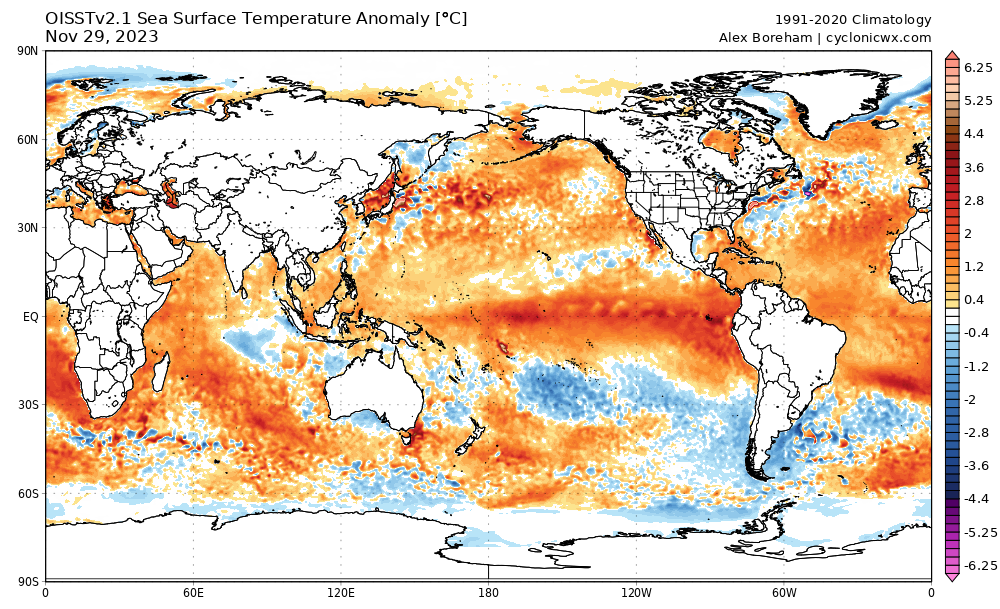
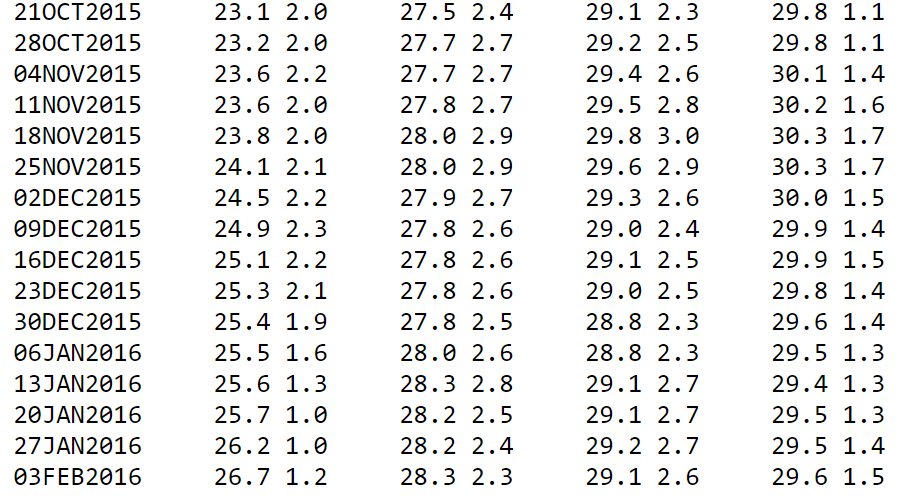
.thumb.gif.c968b099212b02ac1289a82bc4da803a.gif)
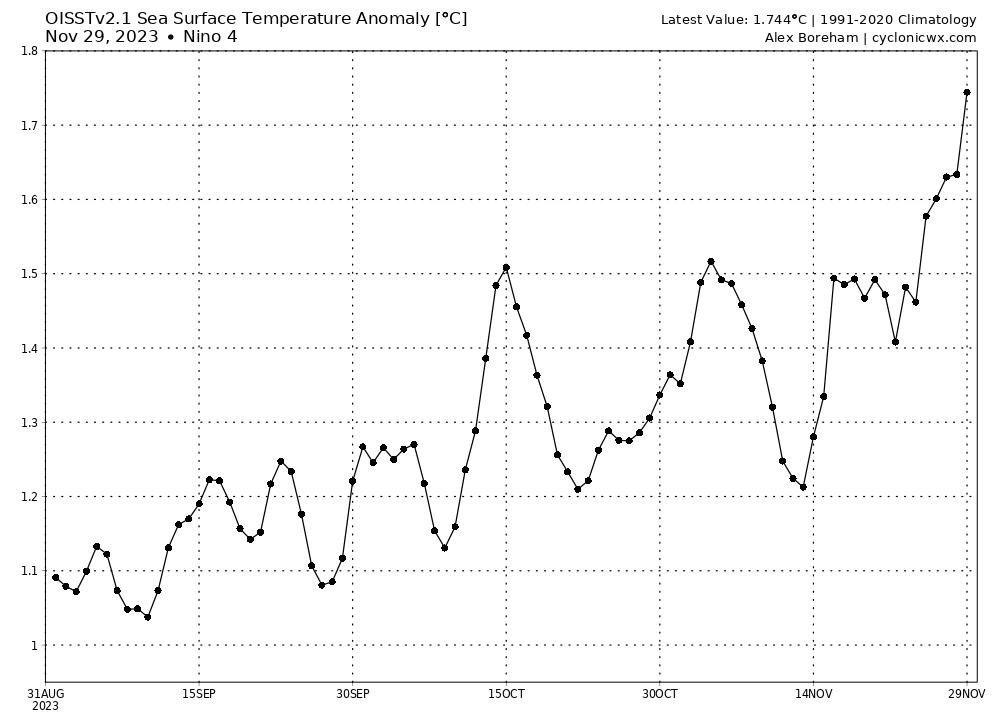
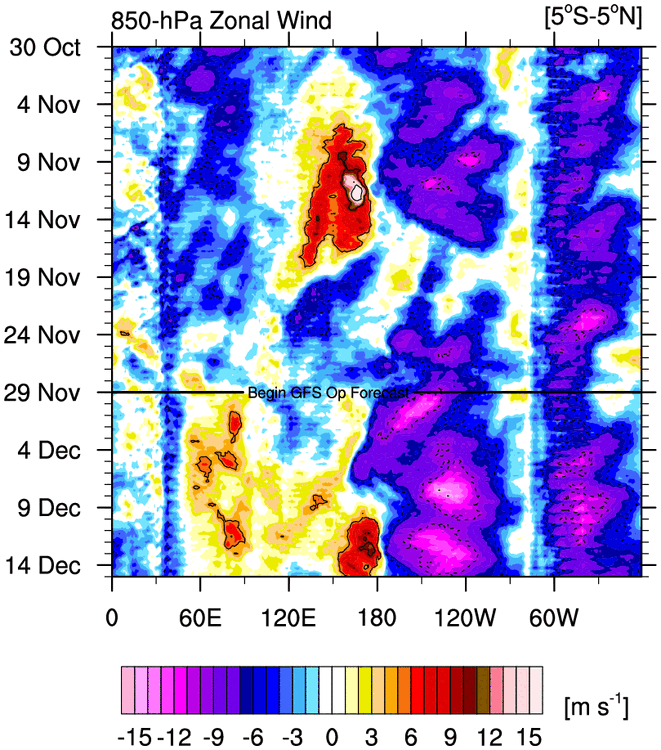
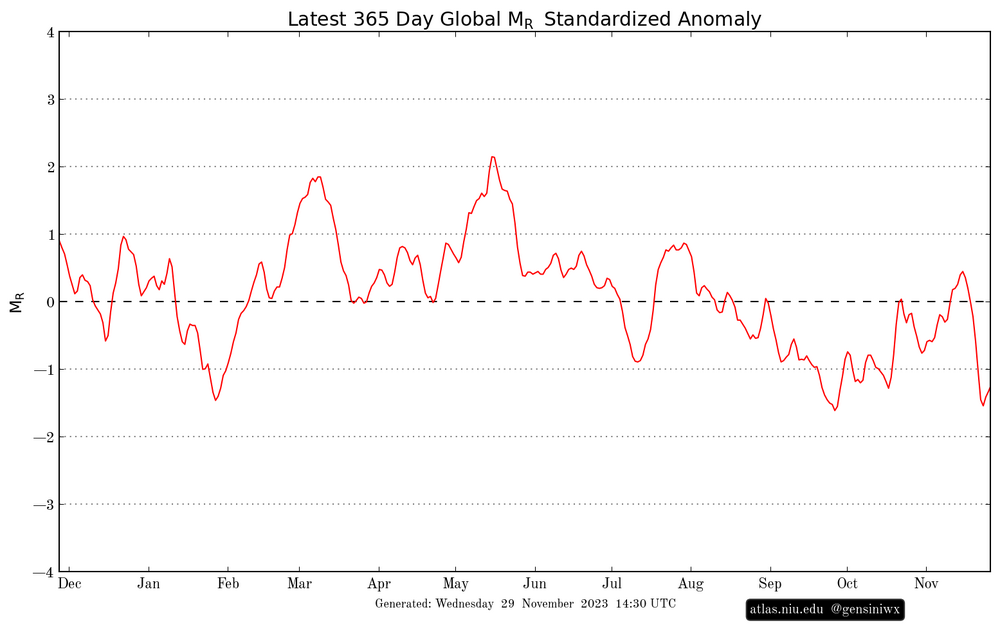
.thumb.gif.526529532fa1e0c8e84f410ca986a349.gif)
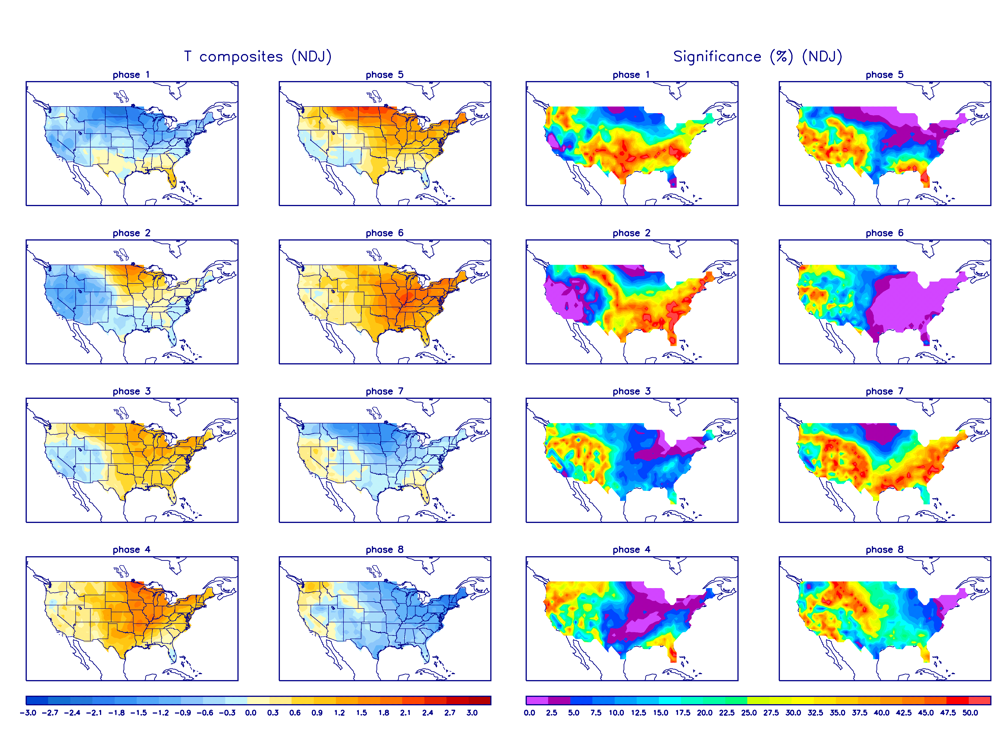

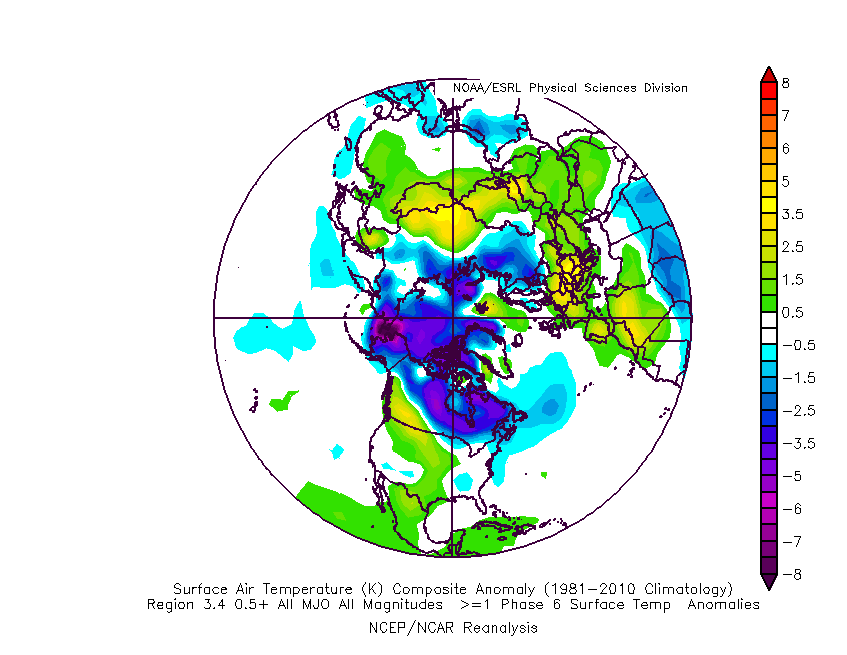
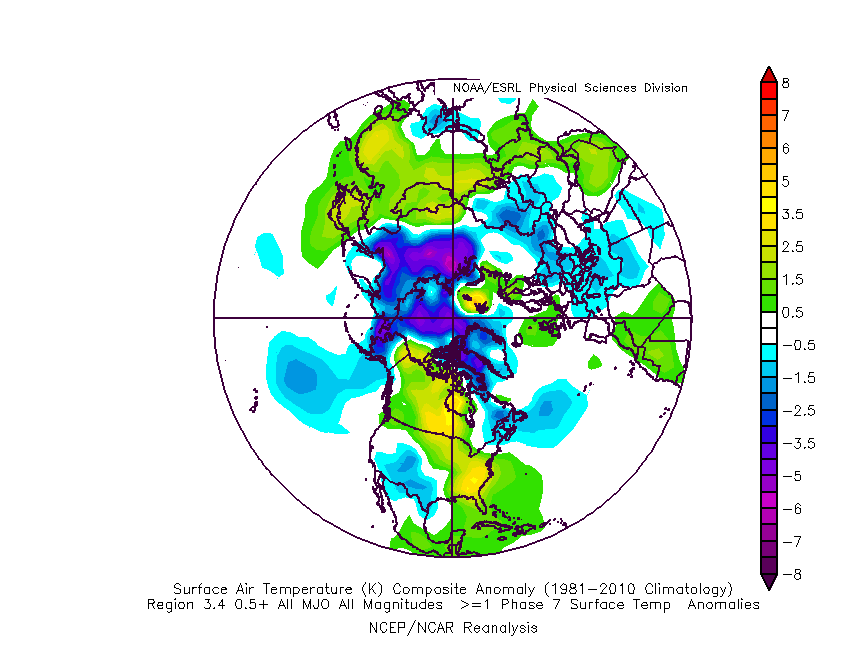
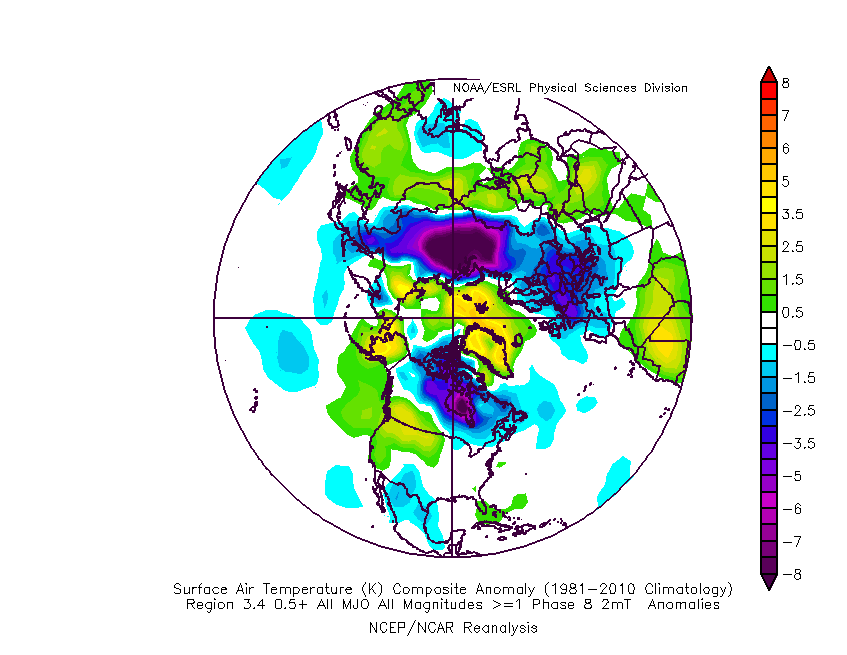
.thumb.gif.69ff0f4e5f45d00878bc328e8fc2503a.gif)
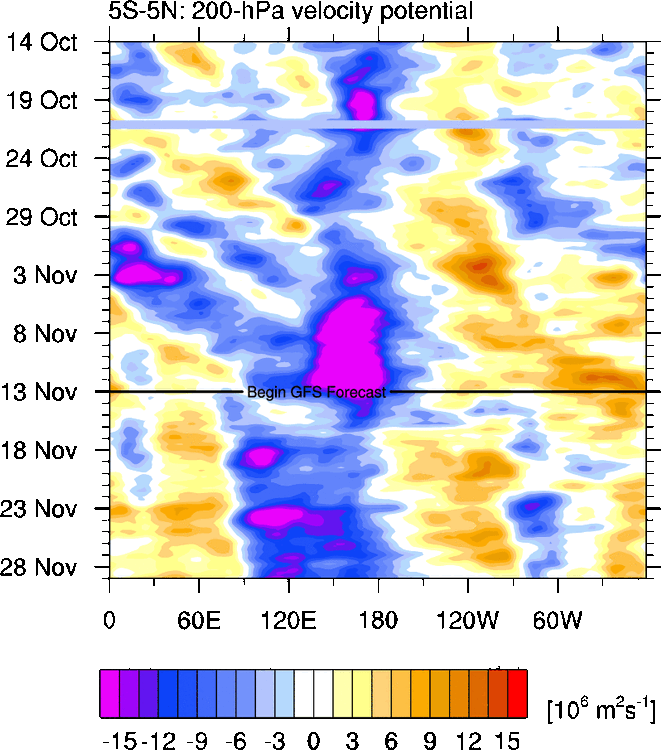
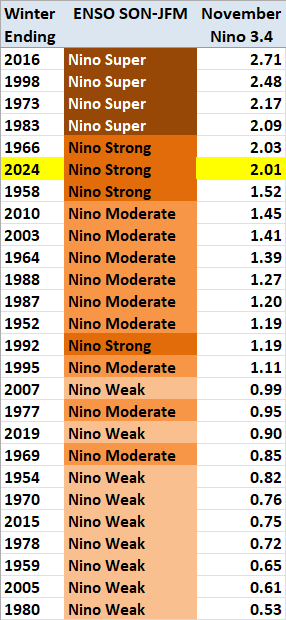
.thumb.gif.810bb67c1e79b2f81b61e9853048ae47.gif)
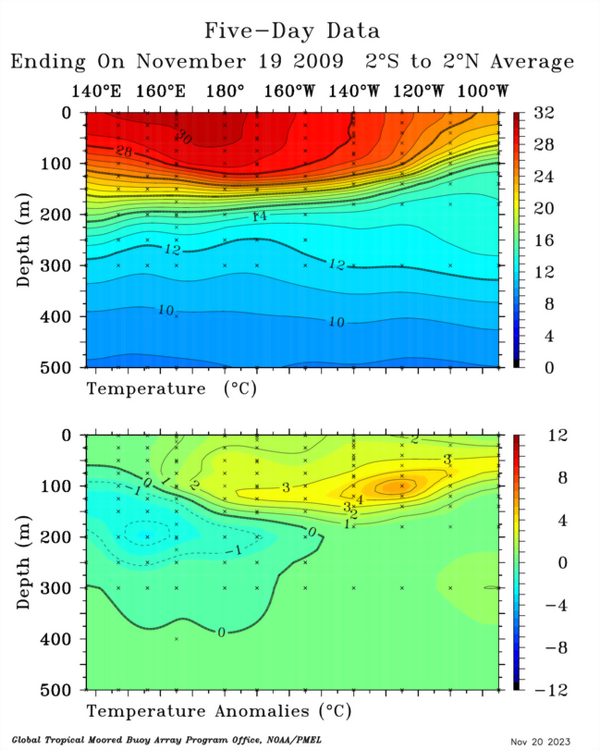
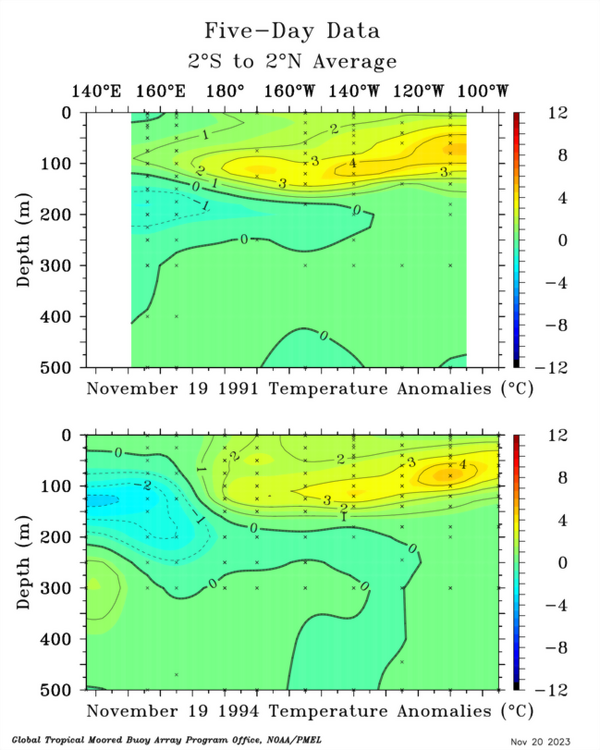
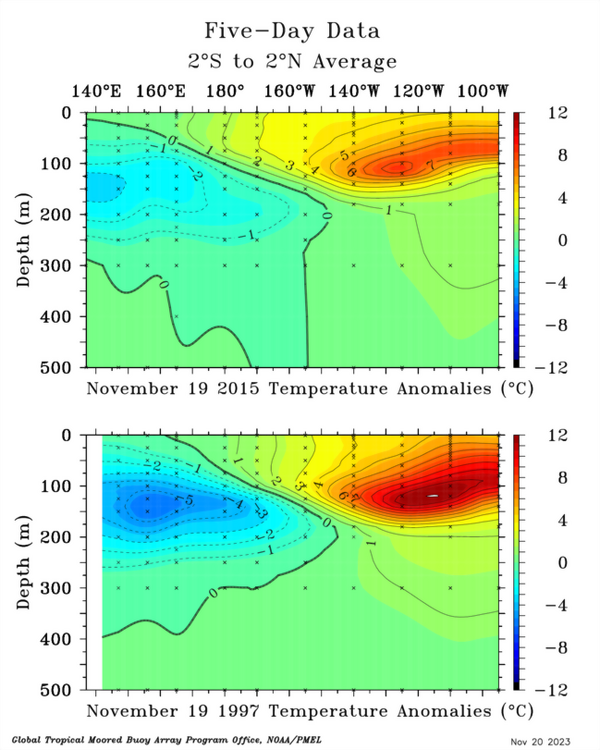
El Nino 2023-2024
in Weather Forecasting and Discussion
Posted
This about as classic of a wave 1 response (SPV displacement) as you get. The lack of strong CWB in the Atlantic is hurting the potential of wave 2 pattern popping up at this moment.